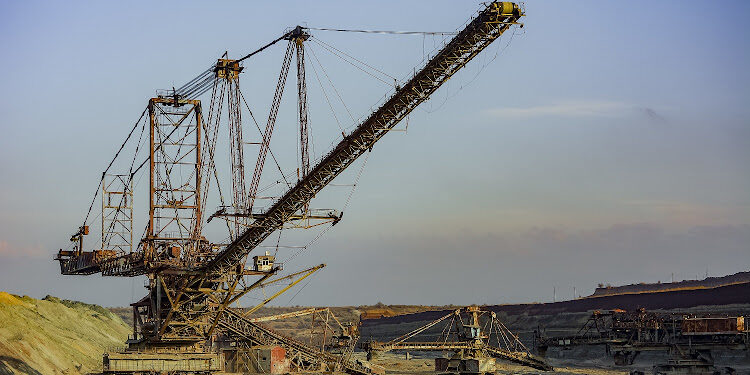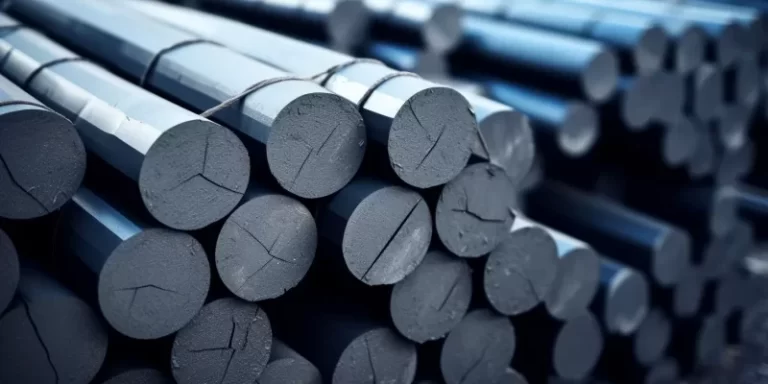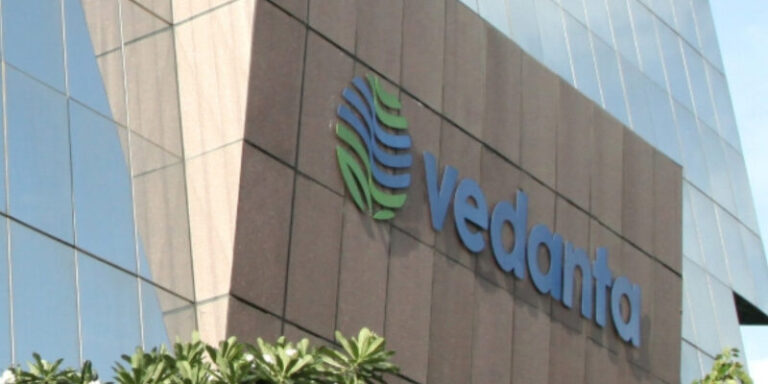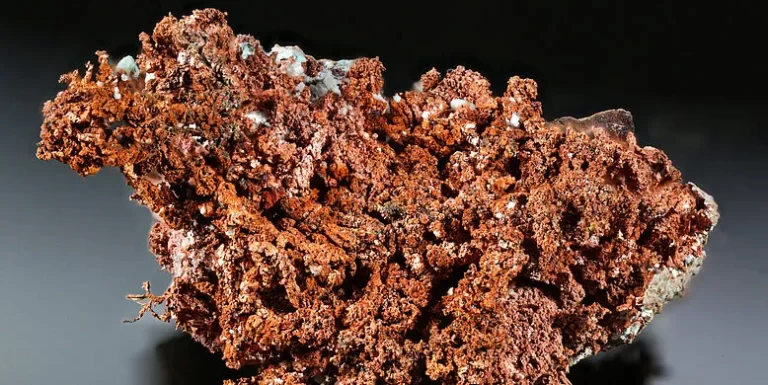
Tracey Cloete, Head of Marketing at ASX-listed Jupiter Mines, anticipates that manganese ore prices will trade higher than their historical average in the coming months due to ongoing supply disruptions.
Jupiter Mines holds a 49.9% stake in the Tshipi manganese mine in South Africa. Cloete, responsible for selling Jupiter’s allocation from the Tshipi mine under a take-or-pay offtake agreement, highlighted the impact of Cyclone Megan on the Groote Eylandt Mining Company’s (Gemco) manganese operations in Australia.
“Since November 2023, when South African producers began reducing export volumes, we have seen inventory levels decrease,” Cloete noted. “This trend continued in mid-May due to reduced supply from Gemco into China.”
As inventory levels decline, prices typically rise due to the limited material available in China for consumption by plants.
Manganese is primarily used in steel production, with buyers typically being traders and manufacturers. Producers offer material on a spot price basis or with reference to a linked index, such as the seaborne manganese ore price provided by Fastmarkets, CRU, and Platts.
Fastmarkets, a commodity research provider, issues its index on a weekly basis, considering transactions that have occurred throughout the week.
Transactions or deals hold the greatest weight in determining the weekly price, rather than indicators, offers, or bids.
Producers in the seaborne manganese ore market typically offer material only once a month, while the portside market, mainly in Chinese ports, trades daily.
For manganese content of 37%, Fastmarkets issues two seaborne indices weekly: the free-on-board (FOB) Port Elizabeth price and the cost insurance freight (CIF) Tianjin price. Tianjin is the primary port in China where most manganese ore is exported monthly.
Cloete explains that CIF prices include both freight rates and insurance, with the seller responsible for getting the vessel to the nominated discharge port.
The Fastmarkets FOB manganese ore index for 37% content has been published since 2012, with prices ranging from a low of $1.32/t in November 2015 to a high of $7.96/t in November 2016.
The price rebound during that period was due to several producers cutting back on production when prices fell below their cost of production.





